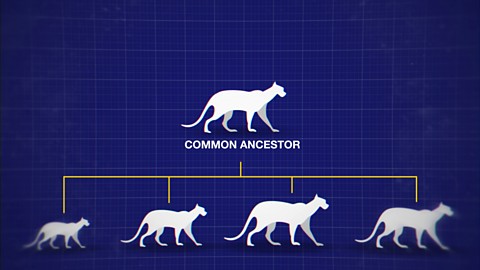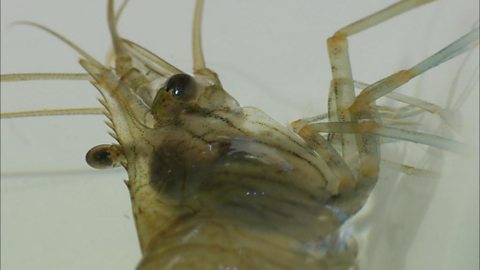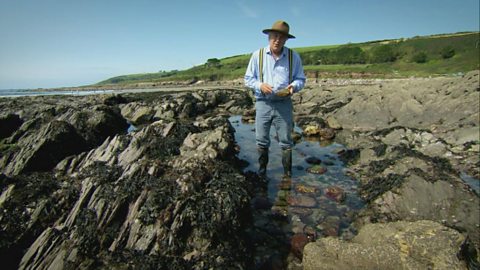Evolution of seaweed
Description
Professor Richard Fortey introduces rock pools where there is a huge diversity of organisms, many of which we are completely unaware of. The professor is a palaeontologist and refers to rock pools as being ÔÇťa window to the pastÔÇŁ. Some of the animals present in todayÔÇÖs rock pools have outlived the dinosaurs. The rock pools and these animals are found in an area called the intertidal zone; this is the land caught between high and low tide. The plants and animals here have to cope with changing levels of temperature; salinity; moisture and the pressure of both land and sea predators. The 9000 plus species of seaweed found in the UK today started off life billions of years age as simple blue/green photosynthesising bacteria. About 1.3 billion years ago early seaweed was formed and now investigation into the effect that tidal movement has on its survival is being carried out.
Classroom Ideas
More detailed study of the inter-tidal zone could be carried out, breaking it down into different habitats based on their position up or down the beach, and based on how exposed the position is. Students could carry out a study of different coastal positions, measuring the numbers of different types of seaweed and relating these to each species adaptations. These could include colour, ability to withstand changing salinity and dessication, and the anchoring of species to withstand extremes of wind and waves. Discuss with the class how seaweeds may have evolved from single-cell organisms. What could have led such organisms to group together and act as a single organism?
Life on Earth
Now playing video 13 of 14
- 3:06

- 4:51

- Now playing4:42
